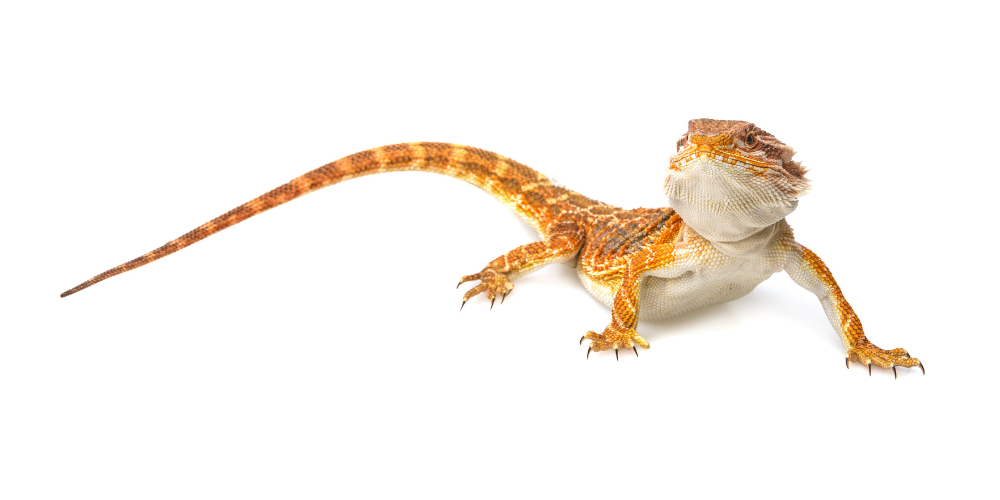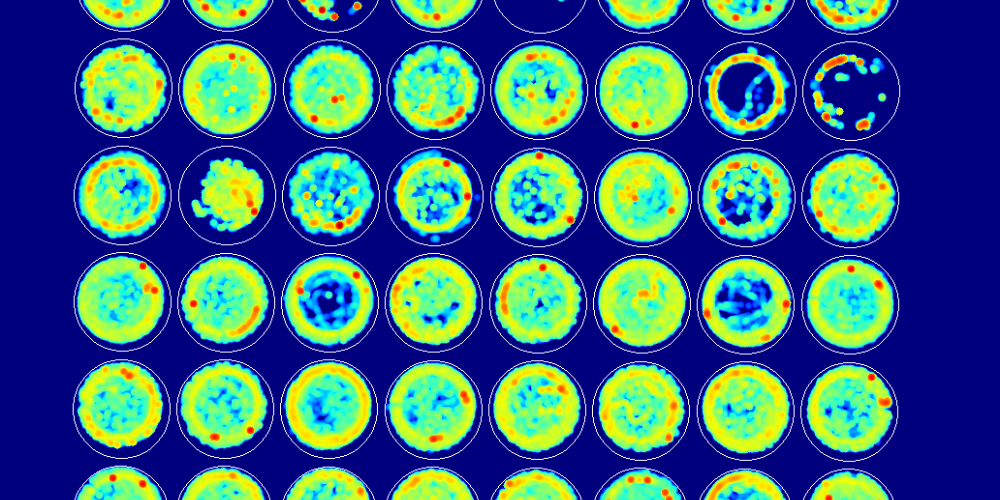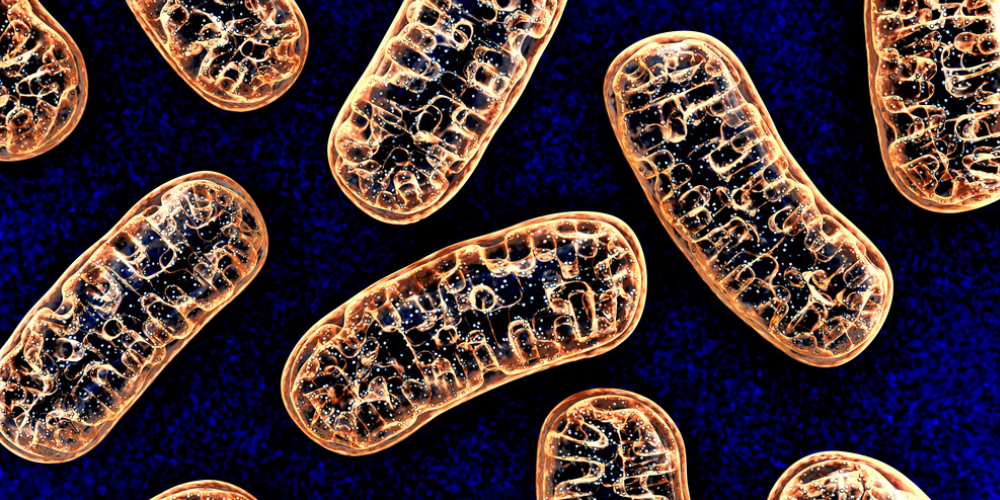Is sleep in reptiles similar to ours?

Argentine tegu lizard
Sleep is one of the mysteries of life. We know that it occurs in all animals and that it is a fundamental need for organisms. But only now we start to shed some light on its functions and mechanisms. Some criteria characterize sleep: immobility, a species-specific posture and location, a high threshold for a response, periodicity and body regulation.
Sleep in mammals and birds
Studying sleep in humans is relatively easy. We can discriminate without difficulty when a human is sleeping and when not. We can study brain processes during sleep and replicate this with a lot of individuals to find patterns. And this is what we did in past studies, which led to a well-known classification of sleep states. The first sleep state is slow-wave sleep (SWS), also known as non-rapid eye movement (non-REM) sleep or quiet sleep. During SWS, the brain generates characteristic electric waves among which delta waves and sharp-wave ripple (hSWP-R) complexes are the more relevant ones. Moreover, physiological processes are reduced. The second sleep state is the active sleep state named rapid eye movement (REM) sleep or paradoxical sleep. REM sleep is commonly associated with dreaming. The state of the brain is similar to that of an awake brain but there is no muscle tone in the body. Temperature regulation is decreased, brain temperature increases and heart and breathing rates become irregular. Muscle twitches occur frequently.
Animal studies on sleep have only unequivocally identified SWS and REM sleep in terrestrial mammals and in birds. The fact led to the hypothesis that these sleep states evolved together with homeothermia (i.e. the ability to maintain a constant temperature regardless of ambient temperature), which belongs to mammals and birds but not to reptiles, for instance.
Sleep in reptiles
However, it would be interesting to determine where in evolution did the sleep states appear. In fact, reptiles share a common ancestor with mammals and birds. Squamates (lizards and snakes) are the group that shares the most ancestral features with the common ancestor. They are poikilotherms (i.e. their temperature depends on the ambient temperature) instead of homeotherms, so if SWS and REM sleep are detected in them, this would render the hypothesis invalid and sleep evolutionary theories would have to be reconsidered.
Some studies have already tackled sleep in reptiles, suggesting the existence of a REM-like sleep. However, these studies had several limitations that undermined their validity.
Recently, a research team found evidence for the existence of two sleep states in the bearded dragon. They concluded that both SWS and REM sleep exist in this species and that the states alternate in a very rhythmic way. However, such periodicity is quite surprising and the study lacked other measures to demonstrate that the REM sleep state did not correspond to short awakening periods instead.
Libourel and colleagues, in the present study, intended to replicate the above-mentioned experiment with the bearded dragon and to compare it to another species of lizard, the Argentine tegu lizard, S. merianae.
OneiRos for reptile monitoring
Before the experiments, animals were habituated to their cages for 2 days. Six infrared panels connected to OneiRos software were always on. One camera was recording the full area, and the three others, the animal shelter.
The team monitored the animals for 24 hours a day with four near-infrared cameras. The actimetry, i.e. the number of pixels changing more than 14 gray levels between two successive images, was evaluated online for each camera. Brain activity was also recorded. All the experiments were performed at a constant temperature because brain parameters can be affected by temperature change. Finally, the animals were injected with a drug that suppresses REM sleep in mammals to evaluate the effects on their sleep behaviors.

Two sleep states in reptiles
The results confirmed the data from the experiment on the bearded dragon, replicating the existence of two sleep states. Moreover, the results also demonstrated the existence of two sleep states in the Argentine tegu. The two sleep states found in the lizards showed similarities with mammalian and avian SWS and REM sleep. However, the two states, comparing the lizards between themselves, showed differences. The sleep states of the tegu were the ones that differed the most from the two states in the bearded dragon and in mammals and birds.
The bearded dragon showed two patterns corresponding to two sleep states. The first one was rich in delta waves and slow HShWs and was proposed to be the equivalent to mammalian SWS. The second one was similar to the awake state and showed more eye movement, for which it was proposed to be equivalent to REM sleep. However, there was an incredibly regular periodicity between the two states that had never been reported in either mammals or birds.
Are sleeps states in reptiles equivalent to those in mammals and birds?
In sum, the results indicate that two different sleep states with similarities to REM sleep and SWS exist in two different species of lizard. However, the two states differ a lot between the two species. Thus, we can wonder which one represents the general rule and which one the exception among lizards.
Further studies should evaluate other lizard species. Moreover, additional research is needed to confirm the real equivalence between sleep states with mammals and birds.
Besides, the results discard the hypothesis stating that REM sleep originated with homeothermic animals. The evolutionary moment of origin of these states remains unclear and should be further investigated, together with the possibility that the sleep states did not originate with the group of animals called the amniotes but even before them.
How did our products improve the research?
Sleep investigation is very interesting for understanding the basic features of life. Unraveling the moment in evolution in which it became as it is in humans can shed light on its nature. For accurate sleep research, it is necessary to record brain parameters. The perfect tool to do this in small animals like reptiles is OneiRos software. This software is a new electrophysiological measurement system specially designed for small animals. Moreover, it allows examination in freely moving animals, which does not restrain their natural conduct. This feature is key for sleep examination. The recorded signals are then translated into understandable and incredibly accurate statistical data.
References
Libourel P-A, Barrillot B, Arthaud S, Massot B, Morel A-L, Beuf O, et al. (2018). Partial homologies between sleep states in lizards, mammals, and birds suggest a complex evolution of sleep states in amniotes. PLoS Biol. 16(10): e2005982. https://doi.org/10.1371/journal.pbio.2005982





